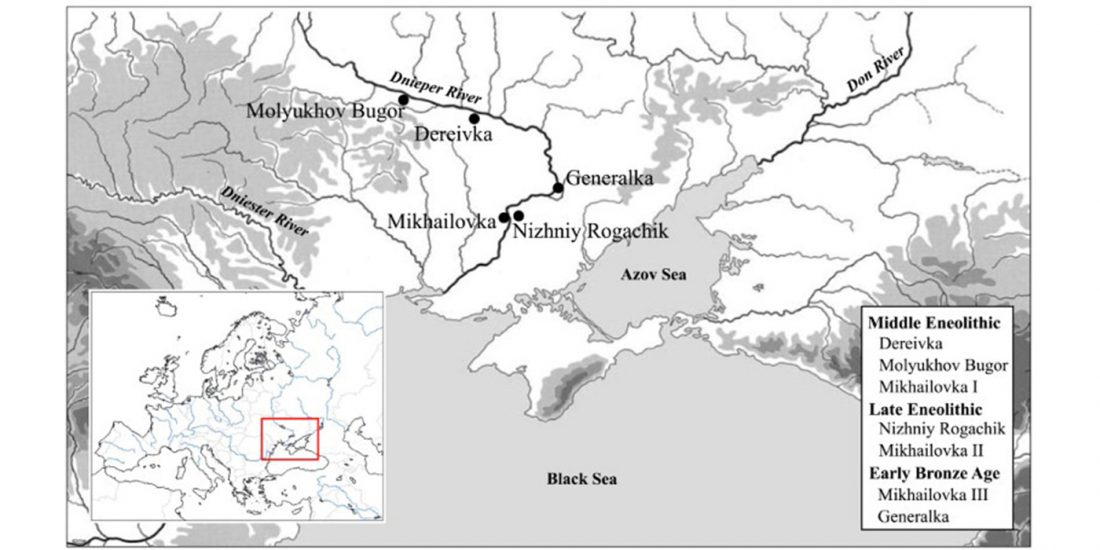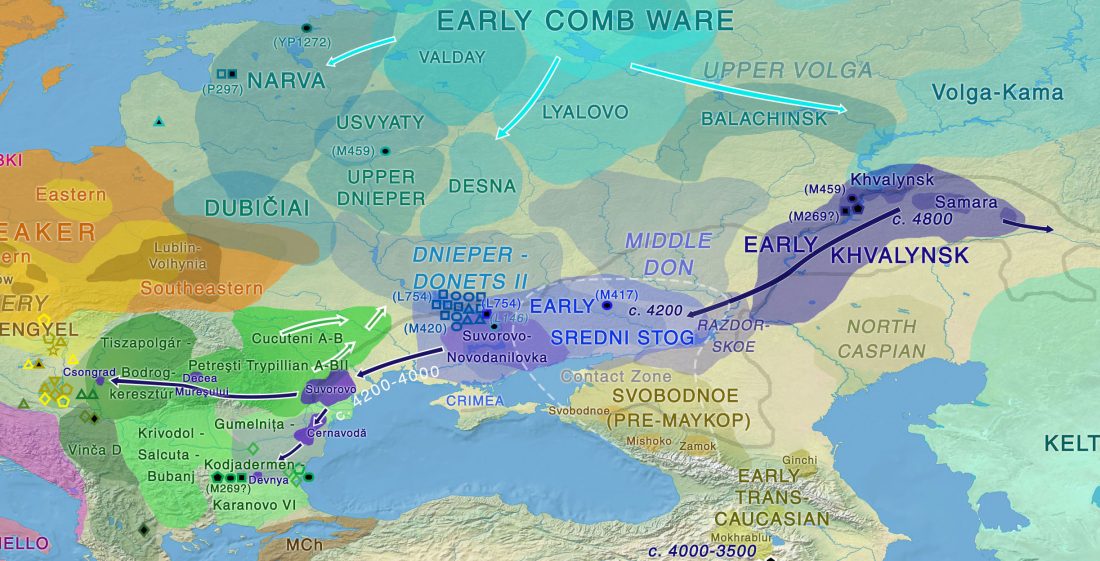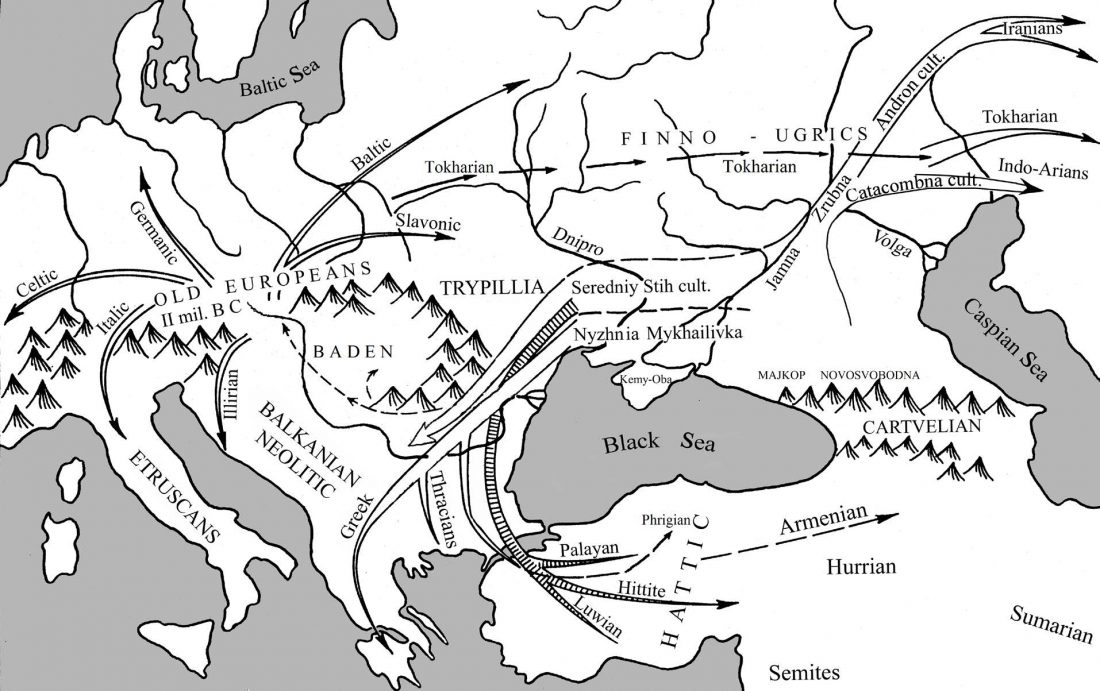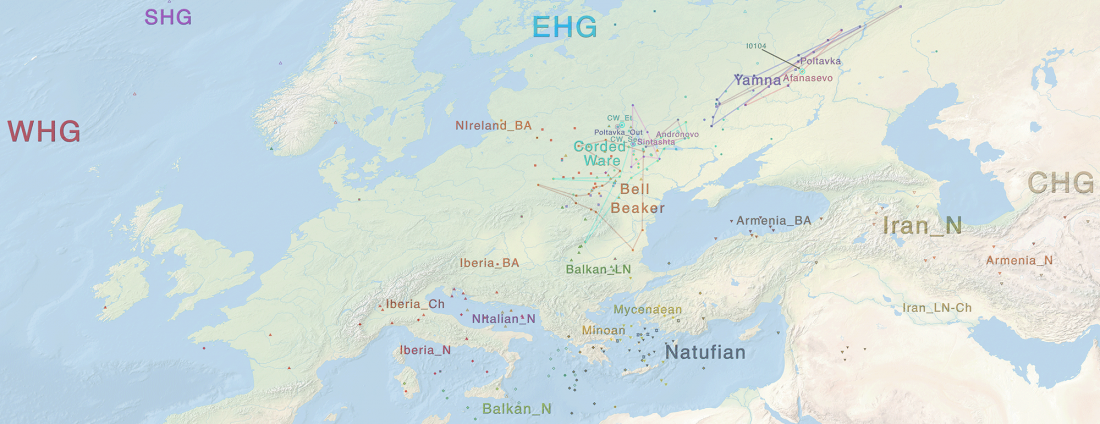Open access Differing modes of animal exploitation in North-Pontic Eneolithic and Bronze Age Societies, by Mileto, Kaiser, Rassamakin, Whelton & Evershed, STAR (2018). You can download the PDF.
Abstract (emphasis mine)
… Read the rest “Differing modes of animal exploitation in North Pontic Eneolithic and Bronze Age Societies”This paper presents new results of an interdisciplinary investigation of the diet and subsistence strategies of populations living in the North-Pontic region during the Eneolithic and the Early Bronze Age (ca. 3800 BC to the 2500 BC). New organic residue analyses of 200 sherds from five Eneolithic sites and two Early Bronze Age settlements are presented. The molecular and stable isotope results are discussed in relation to







